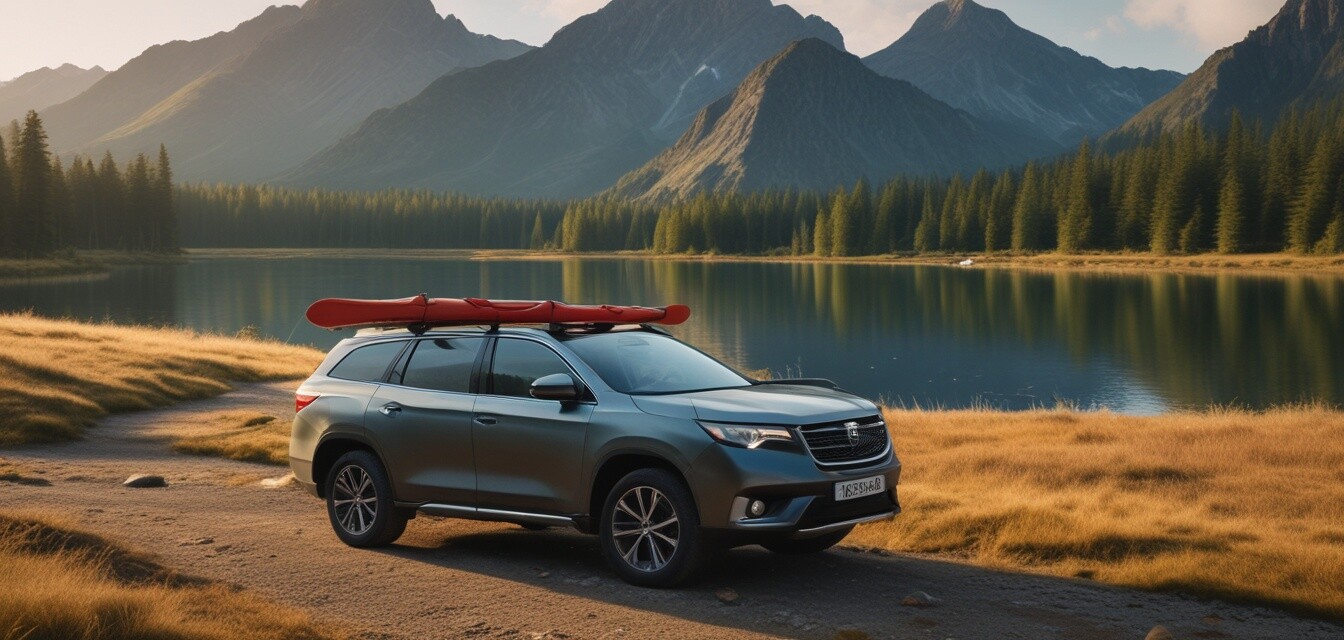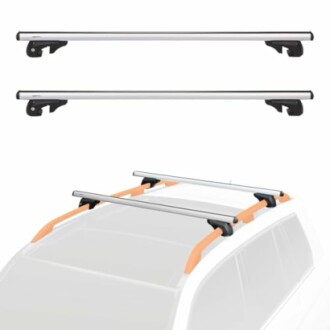
How to Secure a Canoe on Your Roof Rack
Key Takeaways
- Understanding your roof rack type is essential for securing a canoe properly.
- Always check the weight limits and dimensions of your roof rack.
- Using the right accessories can make transportation easier and safer.
- Practice proper tying techniques to avoid losing your canoe during transit.
- Maintenance of your roof rack system enhances safety and longevity.
Transporting a canoe can be a seamless process if you understand the proper methods to secure it to your vehicle's roof rack. This guide will take you through the steps to ensure your canoe is safely and securely placed, ready for your adventure on the water. Whether you're heading to a serene lake or a raging river, the following instructions will pave the way for a worry-free journey.
Step 1: Choose the Right Roof Rack
The first step is to ensure your vehicle has the right roof rack system to support a canoe. Ensure that your roof rack is strong enough to carry the weight of the canoe.
- Make sure it fits your vehicle.
- Check the load capacity—most roof racks have a specified weight limit.
Step 2: Gather Necessary Equipment
For securing your canoe, you'll need the following items:
- Canoe
- Roof rack system
- Straps or tie-downs (cam straps or ratchet straps are ideal)
- Padded pads (to protect the canoe and vehicle)
- Bow and stern lines
Step 3: Load the Canoe onto the Roof Rack
Lift the canoe onto the roof of your vehicle. Ensure the hull is facing the right way. If you're using padded pads, place them where the canoe will rest on the rack. This avoids any damage to both the canoe and your car.
Step 4: Secure the Canoe with Straps
-
Position the Straps:
Place the straps over the canoe and down to the roof rack. Ensure they're centered to avoid slipping.
-
Tighten the Straps:
Pull the straps tight, but not excessively so that you damage the canoe. Use ratchet straps for better tension control.
-
Check for Compatibility:
If you're using a system like the Amazon Basics Cross Bar Roof Rack, ensure it is equipped to handle your canoe’s weight and dimensions.
Amazon Basics Cross Bar Roof Rack for Kayak
This versatile roof rack is ideal for transporting kayaks, bikes, and luggage securely.
Explore NowStep 5: Attach Bow and Stern Lines
To further ensure your canoe is secured:
- Attach bow lines to the front of the canoe and then to the front of the vehicle.
- Attach stern lines to the back of the canoe and connect to the rear of the vehicle.
Step 6: Final Checks
Before hitting the road, perform a final check:
- Ensure all straps and lines are securely fastened.
- Check the canoe for movement by gently rocking it.
- Make sure the weight distribution is balanced.
Step 7: Drive Safely
When driving, be aware that the increased height and weight might affect your vehicle’s handling. Avoid rapid maneuvers and stay within posted speed limits to ensure a smooth and safe journey.
Conclusion
Securing a canoe on your roof rack may seem daunting at first, but following these instructions will ensure a safe and enjoyable trip. Using the right equipment, proper techniques, and performing checks along the way will give you peace of mind during transport. Now, you can focus on enjoying your time on the water!
Pros
- Simple setup process for beginners.
- Prevents damage to your canoe and vehicle.
- Enhances stability during transportation.
Cons
- Requires additional equipment.
- May take time to get accustomed to.
- Weight limitations depend on your vehicle.
For more information on related gear, check out our articles on kayak racks and trailer hitches to broaden your knowledge for safe transportation options.

